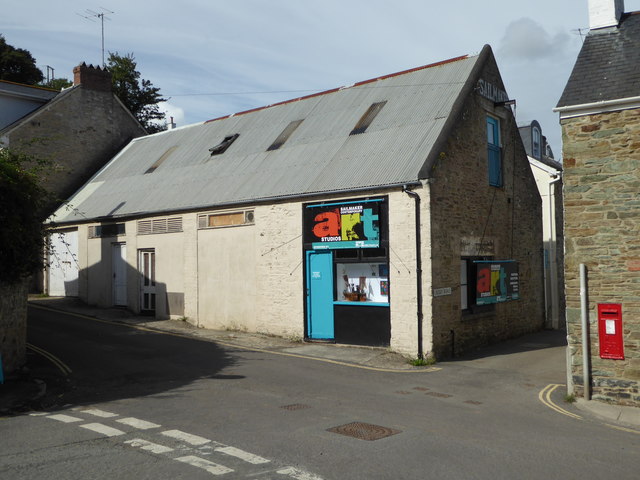the influence of technology on contemporary handicrafts
Technology has revolutionized various industries, and the world of contemporary handicrafts is no exception. The integration of technology in product design, preservation of cultural heritage, and exploration of new possibilities have all played a significant role in shaping the modern craft landscape.
How is technology changing the world of contemporary handicrafts?
Integration of technology in product design
With the use of digital tools and software, artisans now have the ability to enhance their creativity and produce unique and intricate designs. The availability of technologies such as computer-aided design (CAD) and 3D printing has made it easier to bring these designs to life, allowing artisans to create complex and detailed pieces that were once difficult to achieve using traditional methods.
Preservation of cultural heritage through technology
Technology plays a vital role in preserving cultural heritage by providing platforms for artisans to showcase their traditional craftsmanship to a global audience. Through the use of digital media, artisans can share the stories behind their creations, preserving the history and cultural significance of their craft. Additionally, digital technologies allow for the documentation and conservation of handicrafts, ensuring their legacy for future generations.
Exploring new possibilities in the handicraft industry
Technology has opened up new avenues for artisans to explore and experiment with different materials and techniques. The use of modern technology in the handicraft industry has provided artisans with the opportunity to create artwork that blurs the line between art and technology. By combining traditional craftsmanship with digital tools, artisans can push the boundaries of their craft and create innovative and unique pieces.
What is the impact of technology on modern craft?
Enhancing creativity with the use of digital technology
By utilizing digital technology, artisans can expand their creative process and explore new artistic possibilities. Digital art tools and software enable artists to experiment with various techniques, colors, and textures, resulting in unique and captivating artwork. The use of technology has made the creative process more accessible and efficient, allowing artists to bring their visions to life in ways that were previously unimaginable.
Blurring the line between art and technology
The integration of technology has created a dynamic relationship between art and technology, challenging traditional notions of what constitutes artwork. Artists are now incorporating digital elements into their creations, whether it be through digital prints, interactive installations, or virtual reality experiences. This blurring of boundaries has created a new realm of artistic expression, making the art world more diverse and engaging.
Expanding the reach of handicrafts through online platforms
Digital technologies have revolutionized the way handicrafts are bought and sold, providing artisans with online platforms to showcase and sell their work to a global audience. Online marketplaces and social media platforms have made it easier for artisans to reach potential buyers and expand their customer base. This increased accessibility has not only enabled artisans to increase their sales but also to gain recognition and appreciation for their craft on a global scale.
How do digital technologies contribute to the creation of artwork?
Transformation of traditional crafts through digital art
Digital art has revolutionized traditional crafts by offering new possibilities for experimentation. Artists can combine traditional techniques with digital elements to create artwork that is both visually stunning and conceptually rich. This fusion of traditional and digital art forms challenges the perception of art and allows for the exploration of new artistic visions.
Experimenting with new techniques and materials
Digital technologies have introduced new techniques and materials to the world of handicrafts. For example, 3D printing technology has enabled artisans to create intricate and complex forms that were once impossible to achieve using traditional methods. The use of new technologies allows artisans to push the boundaries of their craft and explore innovative ways of creating art.
Exploring the relationship between technology and craft
The integration of technology in handicrafts has sparked a dialogue about the relationship between technology and craft. Artists and designers are exploring how technology can enhance and transform traditional crafting processes. This exploration not only creates new possibilities for artistic expression but also encourages the integration of technology in other creative disciplines.
How has technology changed the way handicrafts are exhibited?
Creating immersive experiences in virtual galleries
Technology has revolutionized the way handicrafts are exhibited by creating immersive experiences in virtual galleries. Through virtual reality technology, audiences can engage with artwork in a more interactive and immersive manner, allowing for a deeper understanding and appreciation of the craft. Virtual galleries also provide artists with new opportunities to showcase their work to a global audience without the limitations of physical space.
Facilitating global collaborations and exhibitions
Digital technologies have facilitated global collaborations and exhibitions, enabling artists from different parts of the world to connect and work together. Through online platforms and digital communication tools, artists can collaborate on art projects, share ideas, and exhibit their work in virtual spaces. This global connectivity promotes cultural exchange and encourages artists to explore new perspectives and techniques.
Increasing accessibility for artists and audiences
Technology has also increased accessibility for both artists and audiences. Artists now have access to a wide range of digital tools and resources that can enhance their creative process. Additionally, audiences can easily access and engage with art through online platforms and digital content, making art a more participatory experience. Technology has made art more accessible to people who may have previously been excluded from the art world due to geographic or social barriers.
In conclusion, technology has had a profound influence on contemporary handicrafts, transforming the way artisans create, exhibit, and sell their work. The integration of technology in product design, preservation of cultural heritage, and exploration of new possibilities have opened up new avenues for artistic expression and have expanded the reach of handicrafts. Digital technologies have enriched the creative process and have blurred the line between art and technology, creating a more diverse and engaging art world.
